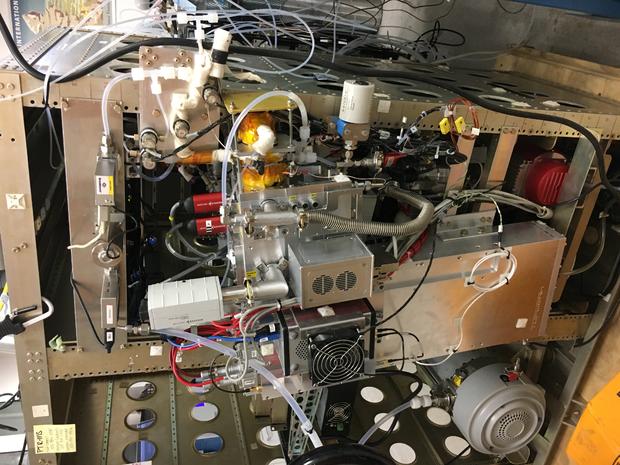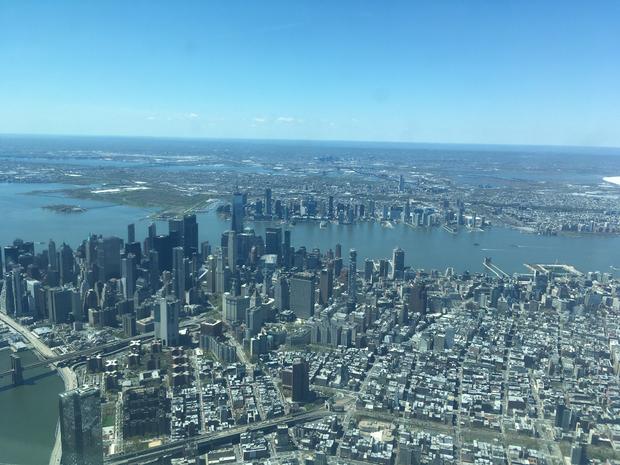NOAA Researchers: Air Quality In Colorado Improving, Some Other States Not So Much
BOULDER, Colo. (CBS4) - Researchers at the National Oceanic and Atmospheric Administration laboratory in Boulder have been studying the coronavirus pandemic's effect on local and global air quality. While scientists have seen dramatically less pollution on Colorado's Front Range, they haven't seen as much of a difference in other big cities.
Jessica Gilman, a research chemist at NOAA, has been studying air pollution levels on the Front Range. She says early results are promising.
"The VOC emissions, those are volatile organic compounds, they are found in just about everything, are down about 50% compared to measurements we made from that exact site in 2018," Gilman said. "That number comes with a lot of caveats, we need to make sure that 2018 was a representative year, and so forth, but now since we have over a month of measurements, we can see the emissions really are lower."
Because of the sharp reduction in traffic, Gilman says the pandemic is showing us a glimpse into the future -- what air quality would be like if more cars were electric.
"We also know that cars aren't the only source of pollution in urban areas, here in the Front Range we also have the oil and natural gas emissions, we have a lot of agriculture, we have a lot of people," Gilman said. "And so now that the cars are being reduced, we can see the relative contribution from all of these other sources to what the air quality is here in Colorado."
Gilman said the improvement in outdoor air quality is ultimately better for Coloradans' health, as exposure to air pollution can cause a variety of health problems.
But Gilman also pointed out that while outdoor air is cleaner these days, indoor air quality may be changing as we use more cleaning products and hand sanitizers during the pandemic.
"The outdoor air might be getting cleaner, but with the stay-at-home order, we might be spending more time indoors," Gilman said. "But these volatile chemical products come from everyday use, from hairspray, shampoo... hand sanitizer, the lotion we put on our hands... all of these things can contribute to VOCs."
NOAA scientists based in Boulder are also studying air pollution levels in other areas of the country.
Colm Sweeney and his team have been monitoring emissions on the East Coast by plane.
"So, what we see is every time we fly down wind of New York City, we will see big plumes of carbon dioxide and methane," Sweeney explained.
While NOAA satellites in space have shown dramatic drops in emissions, Sweeney says the plane gives a much more accurate look in actual pollution levels in the skies.
While more finalized results are still pending, Sweeney says early observations are showing there hasn't been much of a reduction in air pollution in East Coast air.
"There's no huge smoking guns out there... or you know, anything outstanding that we are seeing in comparison to what we saw two years ago," Sweeney said. "People are still using resources that produce emissions."
As Colorado begins to slowly reopen, Gilman said researchers will continue to monitor air quality changes. Some scientists anticipate as the economy reopens, people may be less inclined to use public transportation, which could increase the amount of cars on the road and thus adversely impact air quality. Only time will tell.






